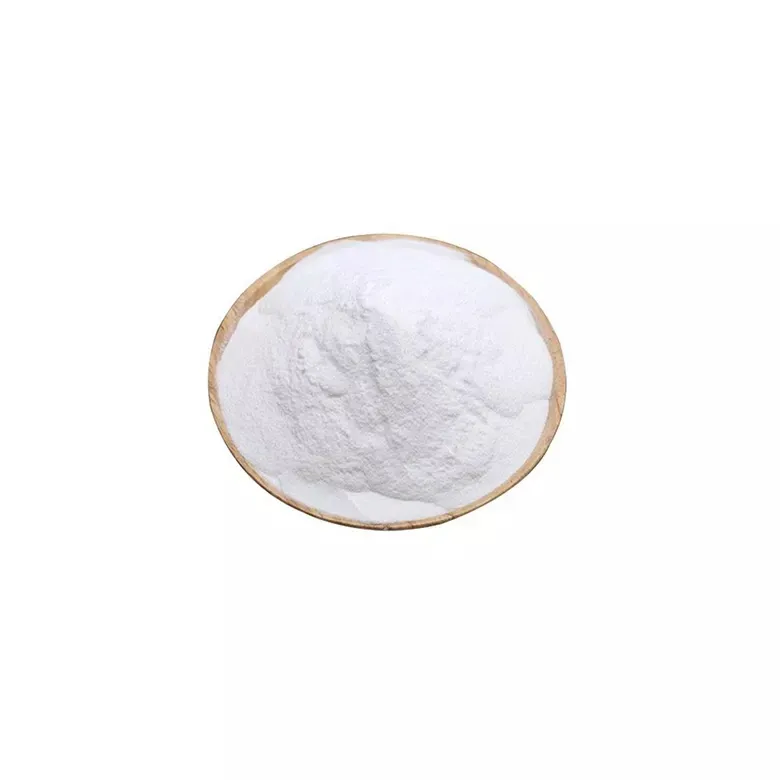Warning: Undefined array key "title" in /home/www/wwwroot/HTML/www.exportstart.com/wp-content/themes/1198/header.php on line 6
Warning: Undefined array key "file" in /home/www/wwwroot/HTML/www.exportstart.com/wp-content/themes/1198/header.php on line 7
Warning: Undefined array key "title" in /home/www/wwwroot/HTML/www.exportstart.com/wp-content/themes/1198/header.php on line 7
Warning: Undefined array key "title" in /home/www/wwwroot/HTML/www.exportstart.com/wp-content/themes/1198/header.php on line 7
- Afrikaans
- Albanian
- Amharic
- Arabic
- Armenian
- Azerbaijani
- Basque
- Belarusian
- Bengali
- Bosnian
- Bulgarian
- Catalan
- Cebuano
- China
- China (Taiwan)
- Corsican
- Croatian
- Czech
- Danish
- Dutch
- English
- Esperanto
- Estonian
- Finnish
- French
- Frisian
- Galician
- Georgian
- German
- Greek
- Gujarati
- Haitian Creole
- hausa
- hawaiian
- Hebrew
- Hindi
- Miao
- Hungarian
- Icelandic
- igbo
- Indonesian
- irish
- Italian
- Japanese
- Javanese
- Kannada
- kazakh
- Khmer
- Rwandese
- Korean
- Kurdish
- Kyrgyz
- Lao
- Latin
- Latvian
- Lithuanian
- Luxembourgish
- Macedonian
- Malgashi
- Malay
- Malayalam
- Maltese
- Maori
- Marathi
- Mongolian
- Myanmar
- Nepali
- Norwegian
- Norwegian
- Occitan
- Pashto
- Persian
- Polish
- Portuguese
- Punjabi
- Romanian
- Russian
- Samoan
- Scottish Gaelic
- Serbian
- Sesotho
- Shona
- Sindhi
- Sinhala
- Slovak
- Slovenian
- Somali
- Spanish
- Sundanese
- Swahili
- Swedish
- Tagalog
- Tajik
- Tamil
- Tatar
- Telugu
- Thai
- Turkish
- Turkmen
- Ukrainian
- Urdu
- Uighur
- Uzbek
- Vietnamese
- Welsh
- Bantu
- Yiddish
- Yoruba
- Zulu
Dec . 21, 2024 10:17 Back to list
Understanding the Properties and Uses of Propylene Glycol Liquid in Various Industries
Understanding Propylene Glycol Liquid Uses, Benefits, and Safety
Propylene glycol, a colorless and odorless liquid, has gained significant attention across various industries due to its versatile properties and numerous applications. It is a synthetic organic compound derived from petroleum, classified as a glycol and commonly used as a food additive, solvent, and humectant. With the chemical formula C3H8O2, propylene glycol is hygroscopic, meaning it attracts and retains moisture, making it an essential ingredient in many products.
Industrial Applications
One of the primary uses of propylene glycol is in the food industry, where it acts as a food additive. Identified by its E-number E1520, it serves several roles including a solvent for flavorings, a carrier for food colors, and a humectant that helps retain moisture in food products. This characteristic is particularly beneficial in processed foods like baked goods, dairy products, and sauces, where it contributes to enhanced shelf life and improved texture.
In addition to food applications, propylene glycol is extensively used in pharmaceuticals and cosmetics. As a solvent, it helps dissolve active ingredients in medicines and is often found in cough syrups, topical creams, and ointments. In the cosmetics sector, it acts as a moisturizer and is commonly included in lotions, shampoos, and deodorants. The ability of propylene glycol to retain moisture is crucial for maintaining skin hydration and improving overall product effectiveness.
Propylene Glycol in the Manufacturing Sector
The industrial sector also benefits from propylene glycol's diverse properties. It is commonly used in the production of antifreeze and de-icing solutions. Due to its low toxicity and high boiling point, propylene glycol is preferred over ethylene glycol in applications where safety is paramount, such as in food processing and transportation industries.
Moreover, propylene glycol is utilized in the production of plastics, coatings, and resins. Its effectiveness as a plasticizer - a substance that increases the plasticity or fluidity of a material - allows it to be incorporated into various polymer formulations, enhancing flexibility and durability.
propylene glycol liquid

Safety and Regulations
Being aware of the safety aspects surrounding propylene glycol is essential for both consumers and manufacturers. The U.S. Food and Drug Administration (FDA) has classified propylene glycol as generally recognized as safe (GRAS) when used appropriately in food products. This designation confirms its safety when consumed in regulated amounts; however, excessive consumption can lead to potential health concerns.
Furthermore, propylene glycol is used in a variety of applications and is often confused with ethylene glycol, which is toxic. Unlike ethylene glycol, propylene glycol is considered safe for human use and is frequently used in products that contact food and beverages. Nevertheless, it is still crucial to follow recommended usage guidelines to avoid adverse effects.
The Environmental Impact
Although propylene glycol is regarded as a safer alternative to certain other chemicals, its production and disposal are subjects of environmental concern. Efforts to enhance its sustainable production are ongoing, with manufacturers exploring bio-based sources derived from renewable feedstocks. This innovation aligns with a growing trend toward eco-friendly practices across industries, as consumers become increasingly aware of the environmental impact of their choices.
Additionally, propylene glycol is biodegradable, which minimizes its potential environmental footprint compared to more persistent chemicals. However, careful management during its use and disposal is essential to prevent contamination and potential harm to aquatic life.
Conclusion
In conclusion, propylene glycol liquid serves as an essential ingredient in numerous industries, from food and pharmaceuticals to manufacturing and cosmetics. Its multifaceted applications, combined with its relatively safe profile, have made it a staple in modern formulations. However, as with any chemical, understanding its properties and following safety guidelines is crucial to ensure responsible usage. As the demand for sustainable alternatives grows, the development of bio-based propylene glycol could pave the way for an even more environmentally friendly future, further solidifying its role in industrial applications.
Latest news
-
Certifications for Vegetarian and Xanthan Gum Vegetarian
NewsJun.17,2025
-
Sustainability Trends Reshaping the SLES N70 Market
NewsJun.17,2025
-
Propylene Glycol Use in Vaccines: Balancing Function and Perception
NewsJun.17,2025
-
Petroleum Jelly in Skincare: Balancing Benefits and Backlash
NewsJun.17,2025
-
Energy Price Volatility and Ripple Effect on Caprolactam Markets
NewsJun.17,2025
-
Spectroscopic Techniques for Adipic Acid Molecular Weight
NewsJun.17,2025

